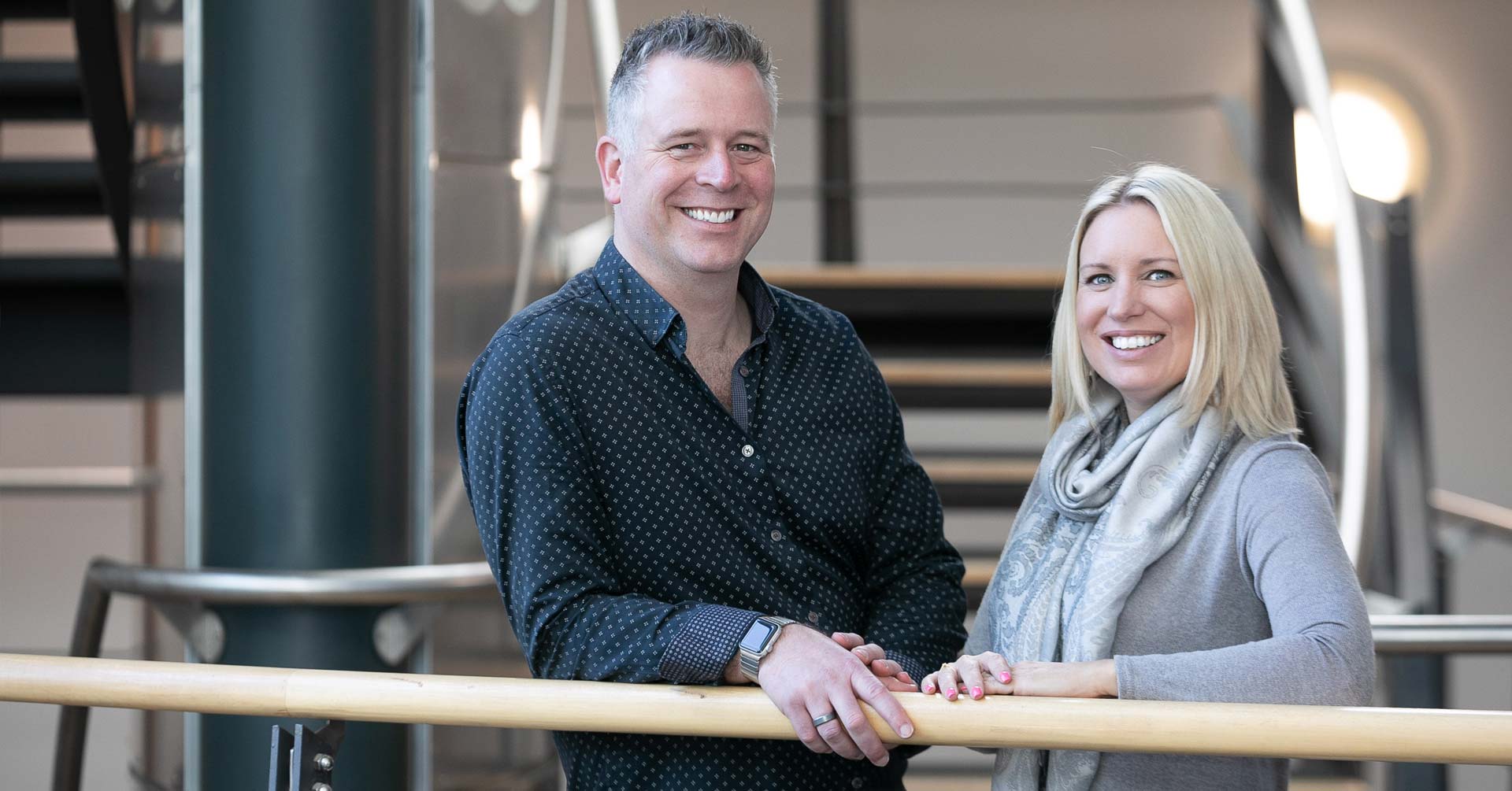In today’s digital world there are so many different technologies, design trends and different pieces of functionality that could be included in your next web project. The options and excitement can often cloud our thinking around the most important part of the project…
…The user.
Or more precisely: Answering our users’ needs. This should be the main concern of our websites. Understanding our users, identifying their needs and mapping how we can answer or fulfil those needs.
All too often, web projects start with a brief, move into creative design, are built, populated, optimised and finally launched with a series of marketing campaigns. You have a website, it probably looks quite nice and probably fits the brief well. But do you know who your users are? / what their needs are? / or if it’s answering your users’ needs? Great if you do, but if you don’t, then what is driving your brief for the website? Is it based on assumption or research? Assumptions are fine, as long as we identify them as assumptions, and are later tested. If we base our website (or any other marketing channel) on a series of assumptions then we could easily waste a lot of time, building amazing campaigns and channels, only to realise they don’t answer our customers’ real questions and needs.
The process of putting users at the centre of your website or marketing is called UX Design (User Experience Design).
There are many different ways that agencies or marketing professionals can approach a UX design project. But here are our 5 steps for putting users at the centre of your website.
1. UX RESEARCH.
UX research will dove tail with your strategic marketing plans. Using a variety of qualitative and quantitative tools including workshops, analytical data, interviews and questionnaires – this will lead into defining who your users are and a set of clear user needs. This foundation of user needs goes way beyond being useful for just the website. This kind of data can feed into all of your marketing plans and channels. Once this is mixed with an understanding of your competitors and your brand proposition you will have a robust foundation to build a successful user centred website.
2. UX ARCHITECTURE.
Once you have identified your users’ needs, you then need to map how your organisation is going to answer or fulfil those needs. How many steps do you need to be able to answer their need appropriately? Ask yourself questions like, “where am I trying to lead the user here” or “what is the call to action here” or “what is the main purpose of this page”. This planning step looks at refining the User Journey. This is then visualised using Wireframes (black and white versions of your web pages that include very basic layouts, page structure and call to actions). They are great for showing to real users and to test your assumptions and initial thinking. They are quick and easy to modify and re-test, ensuring that your website is going to answer your users needs before it gets to any creative design concepts.
3. CREATIVE DESIGN and 4. WEB DEVELOPMENT
We won’t go into depth on these two sections – not because it is less important than the other stages, but because many marketing people understand this section pretty well (and I’ve only got 700 words!); Creative concepts, responsive template design, development using best practice code, CMS integration, optimisation and going live with a series of marketing campaigns. For many people the web process ends here. But for us there is one more important step…
5. USER TESTING.
This vitally important step is often forgotten. This is the step that completes the UX process. It is iterative (the frequency needs to be set for your organisation), and we then test the website with real users. Allowing them to give feedback using similar tools that we used in the UX research stage. Their feedback on how well we have met their needs is then used to make improvements to the website, to increase its performance and success.
At Made with Maturity, we use the above UX process for many of our clients. We are proud to be based in Plymouth and work with brands such as The Ministry of Defence, The Royal Foundation, NHS, James Martin and Tesco. We also work regionally with many clients including Vickery Holman, The University of Plymouth and Kitley House Hotel. If you would like any assistance on putting your users at the centre of your next digital project then please drop us a line to see how we can help.
This article was originally published in “The Helpful Little Marketing Book”. You can download this publication by visiting here: https://www.nash.co.uk/the-helpful-little-marketing-book/



